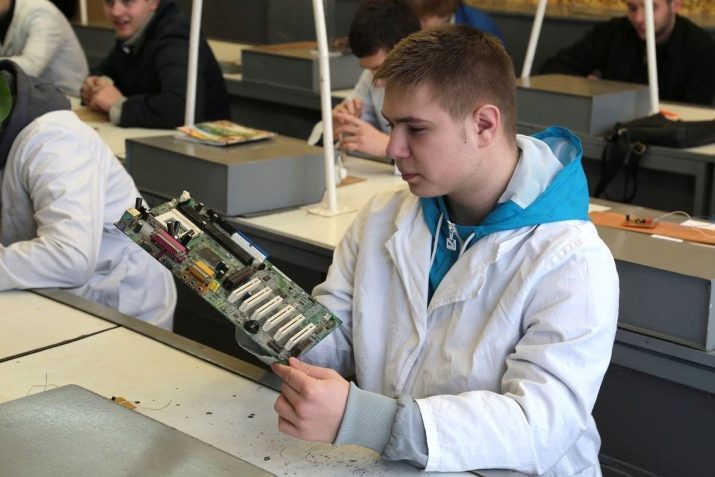All about the profession of assembly fitter
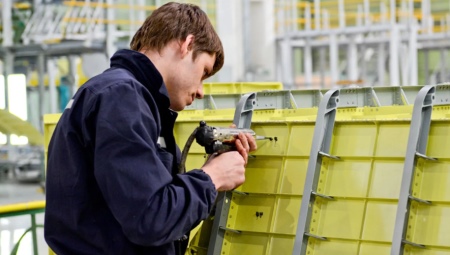
The locksmith profession today is one of the most common working specialties, and it has many different directions. One of them is the assembly fitter.
What kind of specialist he is, what he does and what requirements are imposed on the applicant for this position, we will talk in our review.
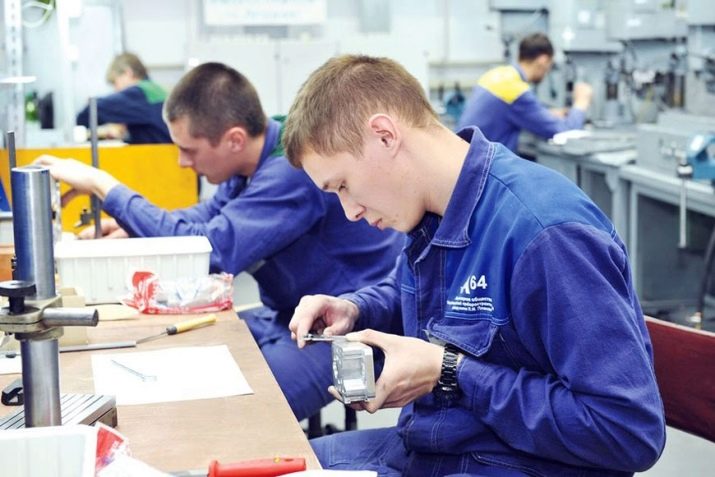
Description of the profession
As a rule, fitters are employed at instrument-making, mechanical engineering, shipbuilding enterprises, as well as at many other plants and factories with technological and production lines. The main functionality of this worker is reduced to the manufacture of metal assemblies according to the proposed drawings, he makes blanks, measures, cleaning and washing parts. The duties of an assembly fitter include preparing units for further welding or some other work processes, he is engaged in bending and fitting steel plates, assembling metal structures and repairing. In addition, a specialist in this area can realize his professional skills in the position of a master in the assembly of trailers for passenger vehicles, equipment and automation.
Related specialties include the work of machine operators, electromechanics, adjusters and toolmakers of various types of equipment and types of mechanisms, as well as repair specialists of various profiles.
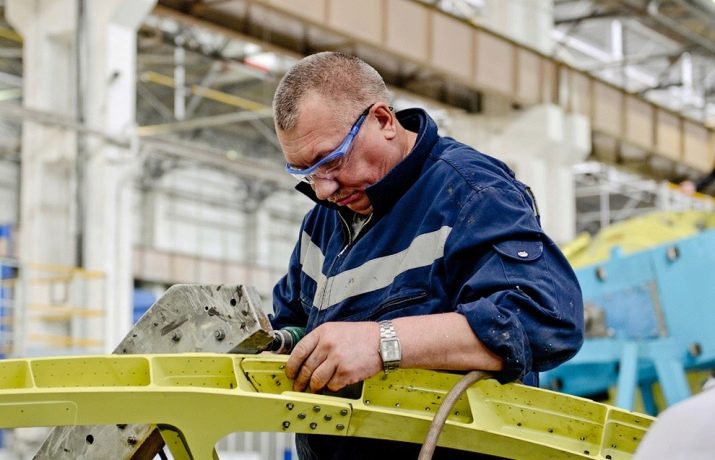
Directions
In accordance with the current ETKS, fitters are divided into categories depending on the scope of work.
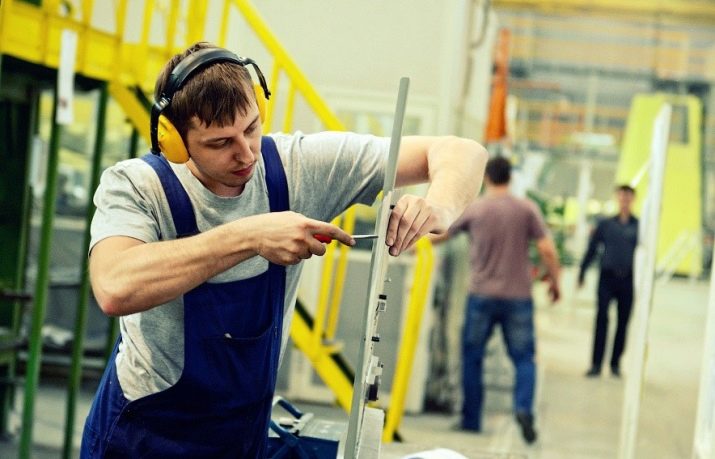
Aeronautical engineering
Aircraft assembly fitter carries out:
- carrying out assembly and mechanical operations aimed at fine-tuning and adjusting the main elements included in the basic assembly;
- he is engaged in the pressing of pins, fasteners of all types and screws;
- performs sizing of parts, washing of working units, as well as assembly units in a gasoline-alcohol mixture;
- the functionality also includes the assembly of transformers and filling the coil window with plates, the subsequent alignment of the core plates along the end;
- conducts tinning of the frame cables by dipping them into molten solder, smearing the gaps between the magnetic core and the frame of the structure with adhesives;
- solders electronic microcircuits of the most varying degrees of complexity;
- checks the accuracy of fitting and assembly work by means of special instruments and control and measuring equipment.
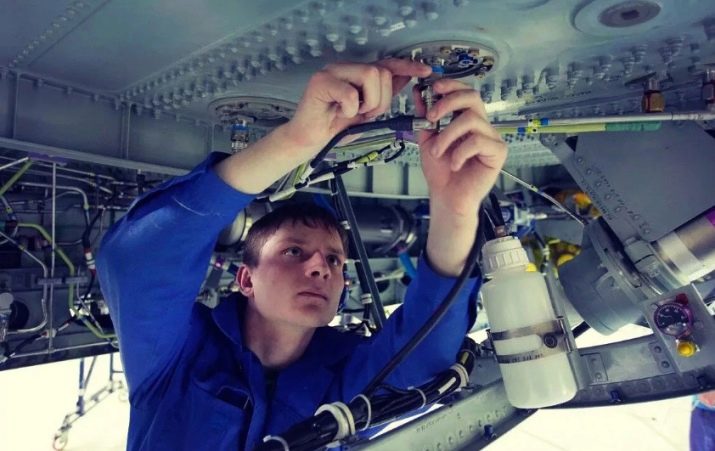
Aircrafts
The aircraft assembly fitter performs the following manipulations:
- disassembly of main units according to drawings, as well as disassembly of aircraft installations of medium complexity;
- fine-tuning, as well as installation of aircraft engines using prefabricated tools;
- installation of bolts on holes prepared in advance;
- fixing elements of flying systems with screws;
- dismantling and assembly work of the simplest hinge mountings;
- carrying out basic manipulations for metal processing;
- cutting with a hacksaw, sanding, filing, as well as removing faces;
- unpacking and de-preservation of various units and elements of aircraft;
- movement of elements and aircraft by means of any lifting equipment.
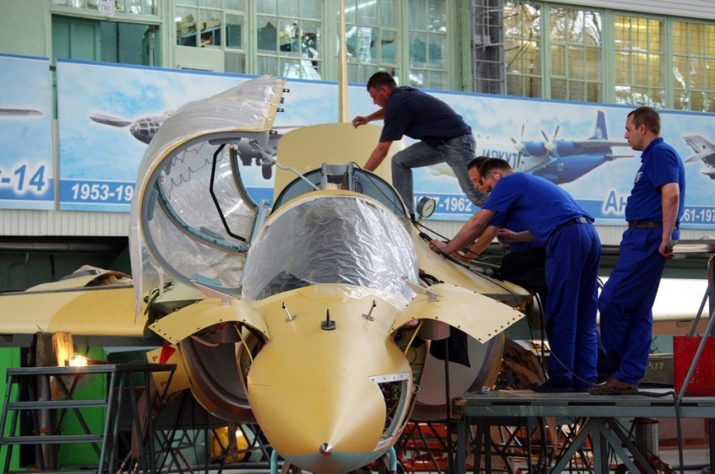
Steel structures
The functionality of the assembler of aluminum metal structures includes:
- assembly of MK units as part of their preparation for further welding and cutting according to pre-drawn drawings using universal mechanisms;
- assembly of especially complex MK units using specialized assembly templates;
- fitting the seals on the surface;
- marking of sites for the installation of simple assemblies of metal structures and basic elements;
- assembly of complicated metal structures;
- repair of individual elements and assemblies of MK, carried out in contact with an electric welder;
- pilot testing of pneumatic and hydraulic MK units operating under high pressure.
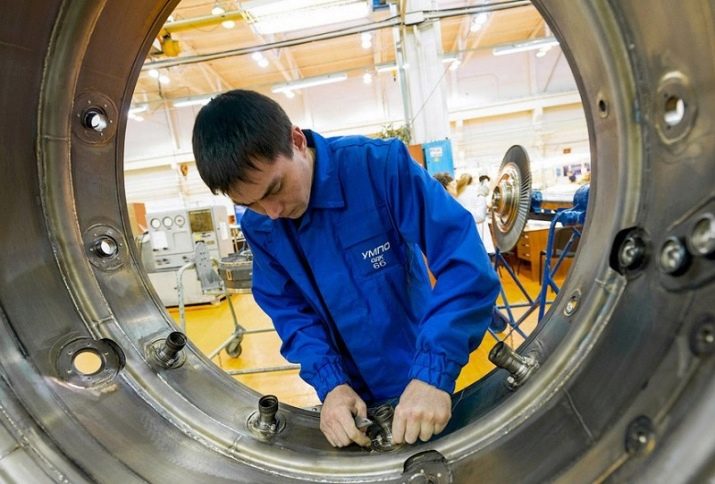
They also highlight the direction associated with the assembly of motors. In this area, the competence of the assembly fitter includes:
- locksmithing of the simplest and average complexity of engine elements;
- removal of traces of rust from the surface of elements;
- analysis of simple engine units, as well as communication of fuel and oil systems;
- assembly of primitive structural units of engines that do not require ultra-precise adjustment;
- splitting, locking and branding of irrelevant elements of motors;
- pumping oil channels, motor boxes;
- fixing pipelines between themselves using nipple fasteners;
- flushing of motor elements under pressure;
- visual inspection of the technical condition of the surface of the main units of the motors;
- taking measurements of the main elements of engines using special tools, for example, a vernier caliper.
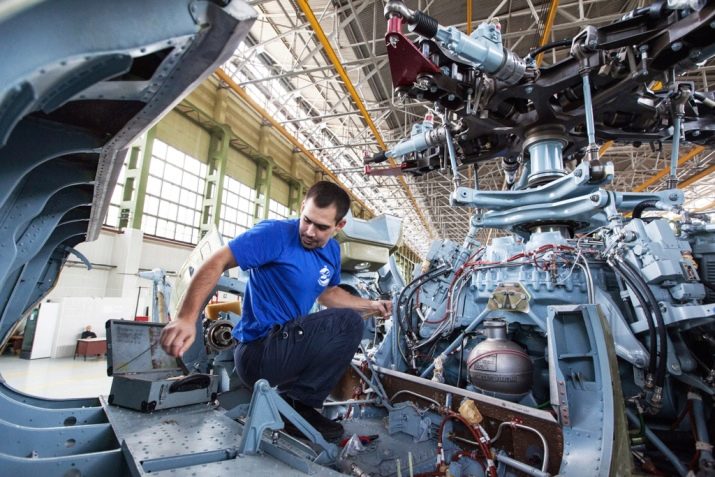
Job description
Generally speaking, every assembly fitter is engaged in the assembly of any machine - it can be cars, production machines and other equipment. In a single disassembly, the mechanic assembler adjusts the parts. If an employee performs actions in the framework of mass production, then all parts and elements of machines and devices are usually made so precisely that they can be assembled even without adjustment. This type of assembly is called in-line assembly, it greatly reduces the fatigue of workers, facilitates their work and makes the functioning of the assembly shop safe.
If a few years ago the assembly process included a variety of works related to manual processing of metals, then today the leading trend in the development of instrument and mechanical engineering has become the widespread automation of production processes for processing materials and assembling elementary units. Therefore, the direction and content of the work of the locksmith has changed radically. So, in automated production, a complex technological system itself carries out the entire production process. All the equipment necessary for this was assembled by highly qualified fitters and assembled and adjusted for work by a master.
Operators sit in production halls near control panels. - they control the flow of light signals that indicate whether the production equipment is working correctly. If breakdowns occur, the fitters must carry out the necessary repairs.
That is why people are obliged to know well all the complex automatic equipment installed in the workshop, to quickly and accurately carry out assembly and disassembly, as well as preparation of assemblies of its main elements.

Requirements for candidates
Education and experience
You can get the profession of an assembly fitter in any secondary specialized educational institution (college or technical school). Usually, this specialty is studied in the framework of the direction "Locksmith of mechanical assembly works". Training is conducted on the basis of 9, 10 or 11 grades, depending on the form, lasts from 1 to 4 years. The fastest way to complete the entire course is when you enter a secondary school after grade 10 - for this you need to enter the full-time department, in which case the entire course of study will take only a year. Graduates of the ninth grade will study longest in the evening department - their program lasts 4 years.
Assembly fitter is also often trained under the program "Installation and Technological Operation of Industrial Equipment", classes in this specialty last a little longer - from 3 to 5 years.
A competent fitter must have at least a basic understanding of the physics of technical processes, for example, about electronics, hydraulics and pneumatics.e. This specialist must be able to read and analyze the proposed technical documentation, he is required to familiarize himself with the basic principles of operation of all types of measuring equipment.
This specialist must be able to assemble units of production equipment and metal structures, have the skills to configure, test and maintain them.
The functionality of a fitter assumes the ability to read drawings, a specialist in this position must be familiar with the basic technologies of mechanical engineering and the features of the materials used in the production.
The skills of welding and soldering work will be a big bonus.
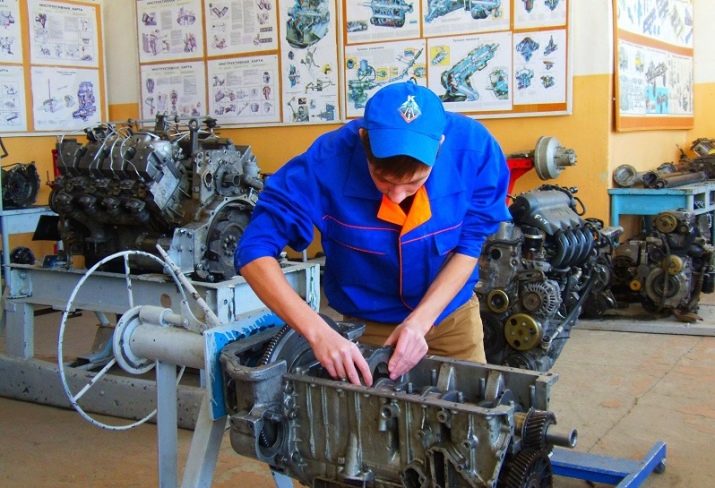
Personal qualities
In order to successfully fulfill your professional duties, A candidate for the position of an assembly fitter must have the following characteristics:
- accuracy and scrupulousness;
- developed logical thinking;
- good visual memory;
- spatial imaginative thinking;
- ability for high concentration of attention;
- increased sense of responsibility.
We draw your attention to the fact that certain requirements are imposed on the physical condition of a person. So, medical contraindications for occupying the position of an assembly fitter are:
- disease of the nervous system;
- limb deformity;
- rheumatic diseases of the hands.
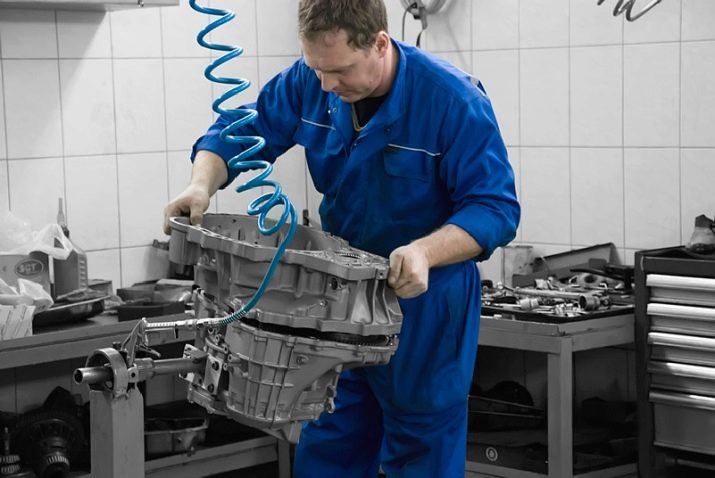
Career prospects
The vacancies of a fitter-assembler REA and REAIP are usually in demand at manufacturing enterprises, at factories of radio-electronic equipment and devices, in private firms (for example, those that are engaged in installing PVC windows), other industrial companies and management organizations.
Average salary of a fitter in Russia, depending on the qualification grade, the level of complexity of work, the status of the company and the region varies from 25 to 70 thousand rubles.
Most assembly fitters have professional skills that allow them to use additional sources of income.
For example, along with his main job, to provide private clients with services related to the customization and repair of their home appliances.
